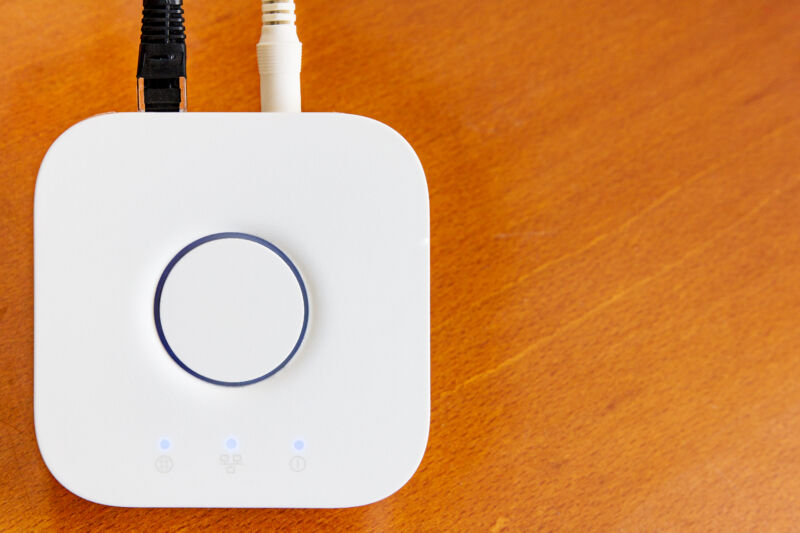I’ve set up dozens of smart home gadgets across two homes and two apartments over the last five years. I have a mental list of brands I revere and brands from which nothing shall ever be purchased again. In my current abode, you can stand in one place and be subject to six different signal types bouncing around, keeping up the chatter between devices.
What can I say? I’m a sucker for a certain kind of preparedness and creativity. The kind that’s completely irrelevant if the power goes out.
When I started at Ars in the summer of 2022, the next generation of smart home standards was on the way. Matter, an interoperable device setup and management system, and Thread, a radio network that would provide secure, far-reaching connectivity optimized for tiny batteries. Together, they would offer a home that, while well-connected, could also work entirely inside a home network and switch between controlling ecosystems with ease. I knew this tech wouldn’t show up immediately, but I thought it was a good time to start looking to the future, to leave behind the old standards and coalesce into something new.
Instead, Matter and Thread are a big mess, and I am now writing to tell you that I was wrong, or at least ignorant, to have ignored the good things that already existed: Zigbee and Z-Wave. I’ve put in my time with Wi-Fi, Bluetooth, and various brittle combinations of the two. They’re useful for data-rich devices and for things that can stay plugged in. Zigbee and Z-Wave have been around, but they always seemed fidgety, obscure, and vaguely European at a glance. But here, in the year 2024, I am now an admirer of both, and I think they still have a place in our homes.
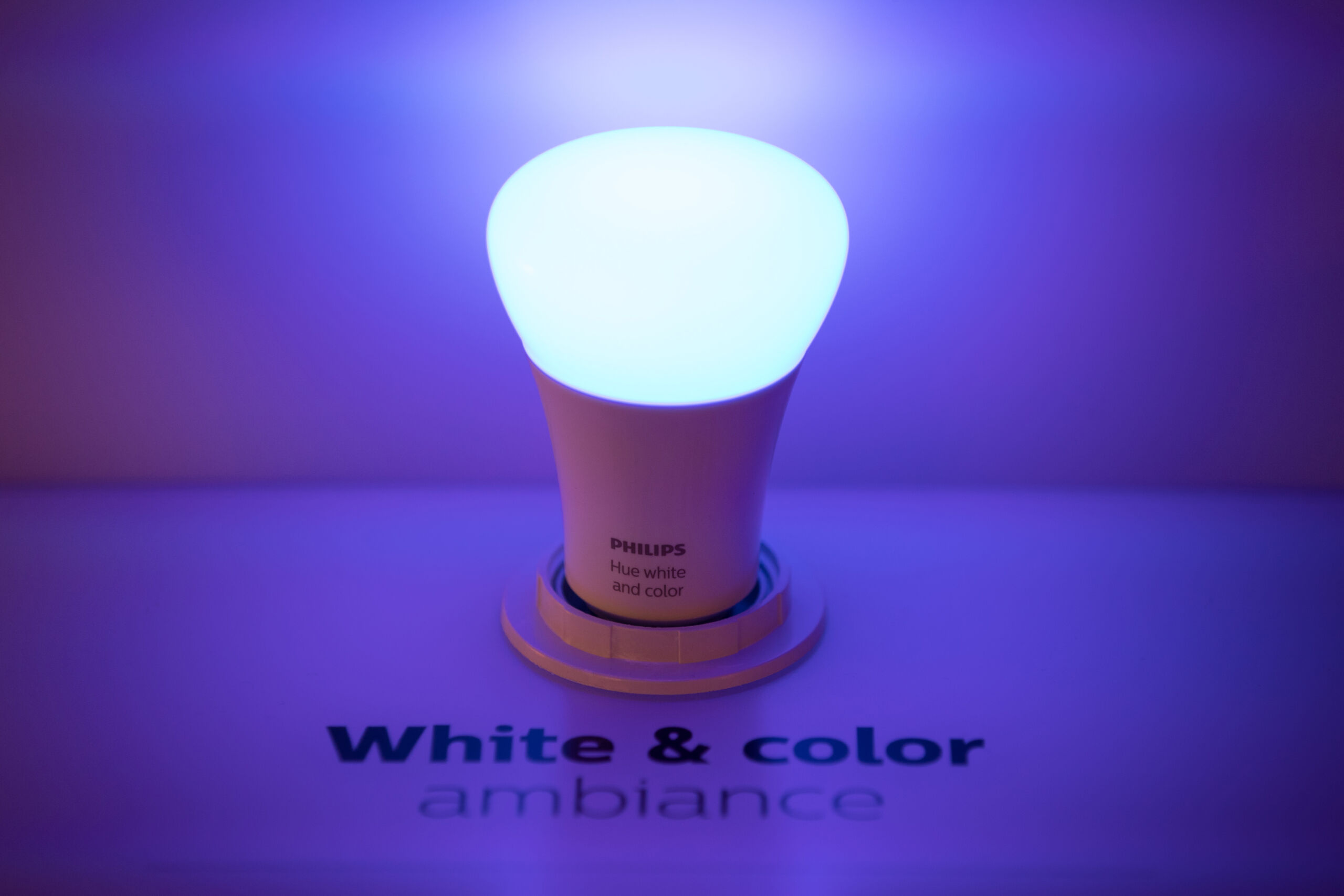
Hue bulbs did a Trojan horse on me, and I am thankful
Two brands have done a savvy job of incorporating Zigbee into their tech without making a big deal of it: Philips Hue and Ikea. Hue bulbs were, for me and many others, a first step into home automation. Back then—2018, looking at the receipts—I knew that Hue bulbs ran on their own kind of ad-hoc network, but I didn’t know exactly how. All I knew was that, as time went on, the Hue bulbs proved to be the most reliable devices anywhere I set them up.
If the Hue bridge had power and Ethernet, and the bulbs were in anything resembling house distance of one another, they worked. They did not, like a Nest camera above a former garage, lose signal midway through an update and require a 6-foot ladder and multiple support phone calls for a reset. They did not, like a couple Tuya devices I acquired, require registering as a Canadian IoT developer to get local control (long story). I have never tried to turn on a Hue bulb, had it fail, and then start wondering if it was my router, an Amazon Web Services outage, or just a cruddy little antenna inside the thing.
Yes, Hue stuff is not cheap, and the Hue app would occasionally ping me about new features and holiday sales, but I could turn off notifications. There was never an important notification because nothing ever went wrong. And while I didn’t know it back then, there was always the option to reset the bulbs and have them run on straight Zigbee, even if you lose some niceties, like fading and multi-bulb schemes.
When I got the chance to review the Homey Pro, I had to research and work more directly with Zigbee and its even more obscure (at least in the US) cousin, Z-Wave. The Homey team had sent me a few devices to test out with their hub, including a motion sensor and a magnetic open/close door or window sensor. I procrastinated a bit on setting them up, vaguely stressed by everything I’d read about hubs, routing, and “self-healing” networks.
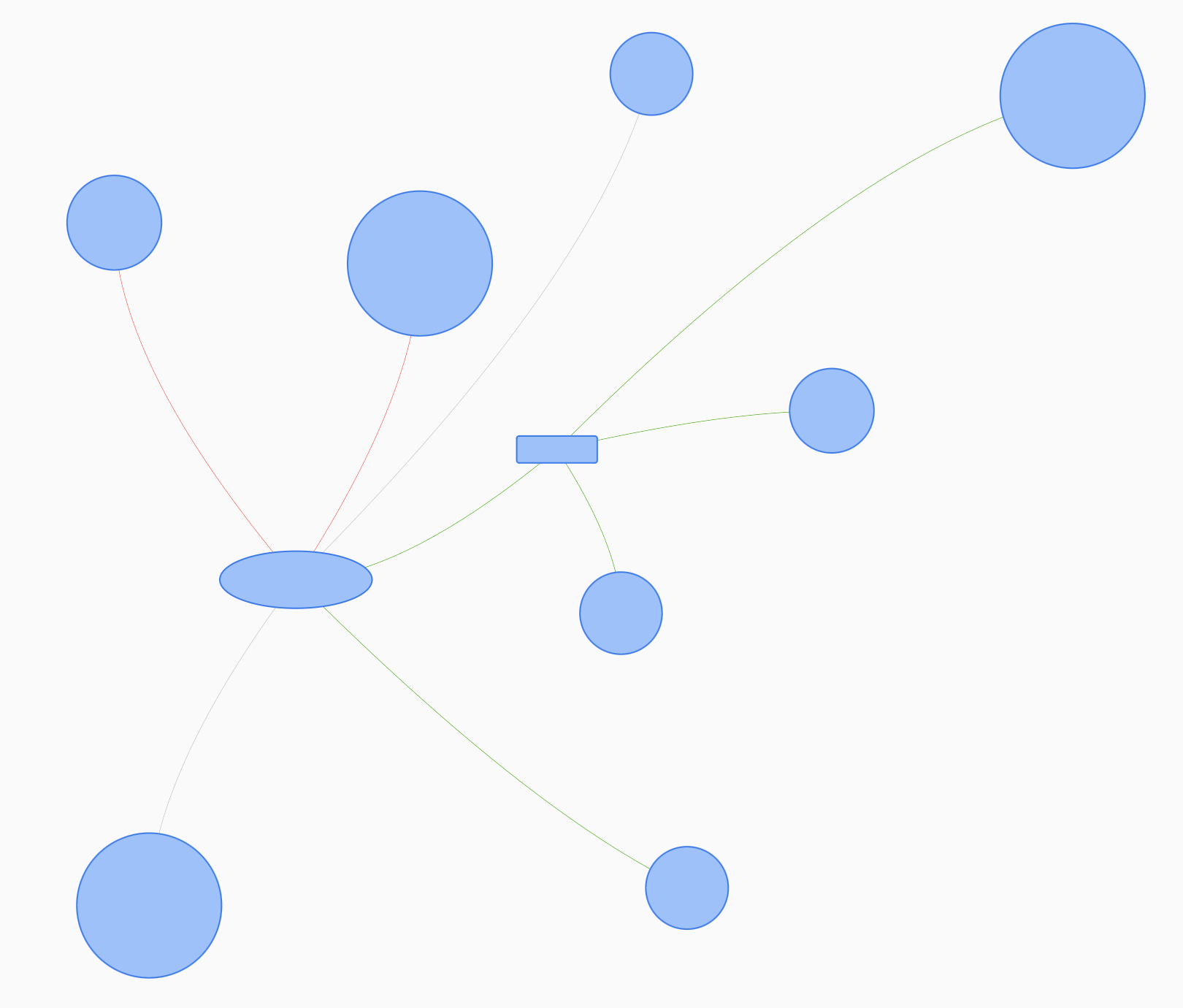
It was easier than I thought
Really, though, I just had to think about power. Tiny coin-battery-powered devices cannot stay awake constantly, so some of your Zigbee or Z-Wave products should have constant power to send messages: light bulbs, wall plugs, etc. If you’ve got powered (“mains” powered) devices within reasonable proximity of your battery gear and a main hub to do all the brokering, your Zigbee and Z-Wave networks will largely figure themselves out. Your mileage may vary depending on your walls and other signal-using devices, but that’s largely how it works.
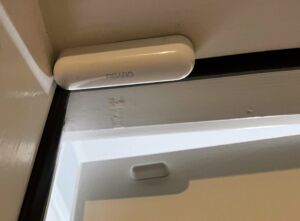
And work they do, and fast. I have a Z-Wave door sensor on the inside door leading to my garage. On the ceiling in that garage are two Hue (thereby Zigbee) bulbs. I created an automation so that opening the door triggers the lights, which stay on for five minutes (unless you double-click a different Zigbee button on the wall inside). The delay between opening the door and seeing the lights fade up is all but non-existent (both with a Homey Pro and, later, Home Assistant as the central controller). My wife, unaware of my overwrought ambitions, thought I had messed up and left the garage lights on for days at a time. I checked the logs and, nope, they were mostly off. It’s just that the experience was so seamless that, without looking directly at the bulb while it powered up, you wouldn’t know it was only turning on when you entered.
Z-Wave is in some ways the better pick going forward. It operates at a lower frequency (800–900 MHz), keeping it well away from the 2.4 GHz range that Wi-Fi, Zigbee, Bluetooth, and Thread all bounce around. It is said to have better interoperability with future standards like Matter and other brands. Zigbee, as some have discovered, has “profiles” that different device makers have used, and thereby not work together (search “Aqara Zigbee” on Reddit for ample proof). And yet Zigbee devices are typically cheaper and more widely available than Z-Wave, due partly to Z-Wave’s licensing costs.
This is not a space where I intend to detail all the variants, versions, and radio frequency limitations between Zigbee and Z-Wave, let alone security protocols. Were I starting from scratch today, I’d probably try to lean toward Z-Wave gear, largely because of how many other devices are using all that other spectrum in my home. And yet my Zigbee gear, however inundated by competing devices, also works fine. My solution to a couple of Zigbee wall buttons not quite reaching two floors down was to buy a $15 Ikea outlet, plug it in somewhere between them, and wait a bit for the network to re-route the right gear through it. Patience was the hardest protocol to figure out.
Setting up Zigbee and Z-Wave devices is different than most Wi-Fi or Bluetooth gear, but usually in a good way. Typically, it’s holding down a button or pressing into a pinhole for a few seconds, then asking your hub to find (“interview”) the device. It may not always work the first time, and removing a device can be quirky. But compare this to Wi-Fi or Bluetooth setup, where you’re asking your smartphone to please just connect to this network called SETUP with no Internet and don’t switch back, not yet, wait, no, it needs the 2.4 GHz network and my phone is on 5 GHz, okay, just open up the router settings in a browser and also look up the manual for how to hard-reset this thing … holding a button seems like a better option.
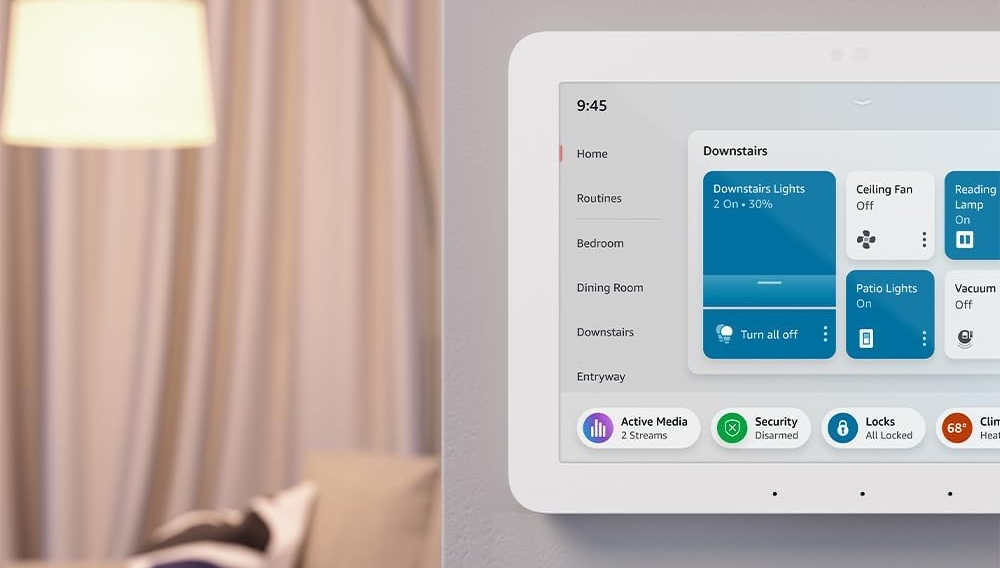
I’m late to this party, but impressed with how it’s holding together
These days, if you want to start building out a Zigbee or Z-Wave network, but still hedge on Matter or Thread becoming a real thing, you have many options. If you don’t mind an Amazon presence, the company’s wall-mounted Echo Hub, Echo Show, and Echo all have a Zigbee controller (and Thread, Matter, Bluetooth, and Amazon’s Sidewalk). Samsung’s latest SmartThings Station is both an affordable Zigbee and Z-Wave hub and a wireless charger, and Matter/Thread-ready. You could buy the Homey Pro, a Hubitat, or buy or build your own Home Assistant server for maximum extensibility. You could go minimalist and get a sub-$40 Sonoff Zigbee hub that’s very easy to hide, if you’re not particularly concerned about forward compatibility. You can, in other words, benefit from a highly developed network technology without entirely ignoring what might come next.
Since being reintroduced to Zigbee and Z-Wave, I’ve picked up Ikea Trådfri remote buttons that can do just about anything with a click, a double-click, or a long press. I’ve set up door and window sensors that turn off the HVAC if they’re left open for more than five minutes. Lights are turning on when a motion detector sees that I’ve entered a room or opened a closet door, and a leak sensor is keeping an eye on a problematic door seal. All of these devices are typically smaller and cheaper than their Wi-Fi versions, are much more reliable than their Bluetooth counterparts, and can show me exactly what’s wrong if I need to look at a network map.
Such gear does consume single-use coin batteries, but that is at least an established disposal and/or recycling stream compared to rechargeable lithium. The best thing for the environment is to buy fewer things, of course. But so long as these small gadgets can reach each other, I have little reason to replace them. Buying a new router that drops an older Wi-Fi standard, for example, can’t endanger any of them.
There is still plenty of time for Thread and Matter to mature, spread, and improve smart home automation. The Thread Group Alliance grew out of the Zigbee Alliance, after all, and comes from the same kind of goals. I’ve just come to appreciate lately that many of the things I hoped to get from the future of smart homes—local control, interoperability, no-phone-required operation—were already here. Just with slightly more awkward, if sometimes cute, names.
